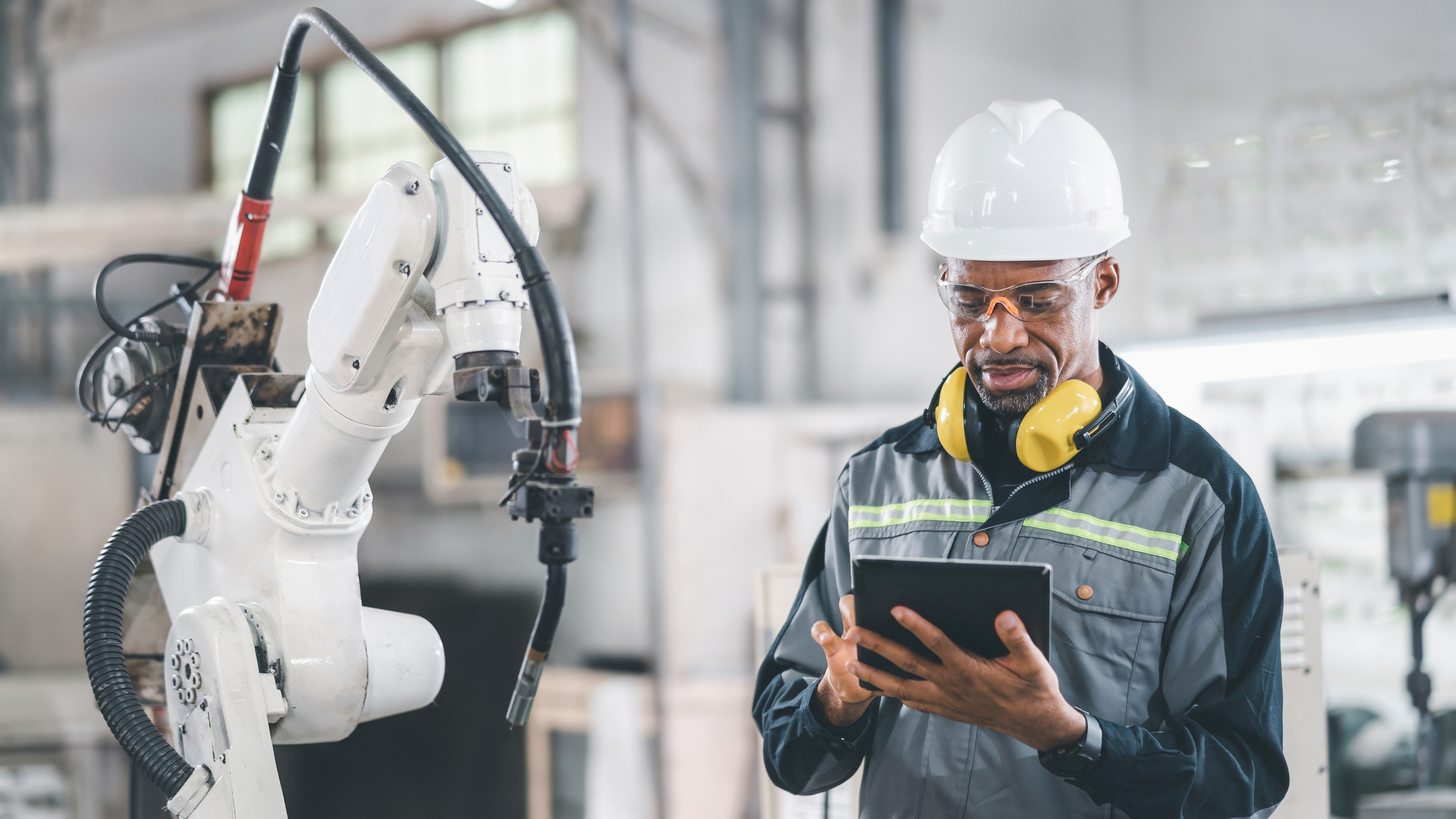How the pandemic has shaped the office of the future
From 3D video calls to AI meditation, the workplace will never be the same again


This article originally appeared in issue 21 of IT Pro 20/20, available here. To sign up to receive each new issue in your inbox, click here
COVID-19 has created an unprecedented shift in the way we work, forcing millions to leave the workplace behind in favour of cobbled together home office spaces and virtual meetings. While this transition was disruptive at first, Ernst & Young research reveals nine in ten employees want the flexibility it’s brought to continue post-pandemic. This has led many organisations to embrace a hybrid approach, whereby employees split their time between home and the workplace.
It’s clear, however, that offices need to adapt as people prepare to return. As a result of remote working, employees have enjoyed clear productivity benefits fuelled by technologies such as video conferencing and cloud-based collaboration software. Many will also fear a return to twice-daily commutes and in-person meetings could cause them to feel burned out – so solutions will need to be employed to ensure employees don’t resent returning to the office.
One way to project what the office of the future will look like is to understand people’s remote work experiences over the last 18 months. According to Hyperoptic, the future of the workplace is technology-driven, with nearly two thirds of Brits (59%) saying they’d like to see new technologies introduced into their offices within the next 12 months. More specifically, 20% are calling for more Internet of Things (IoT) tech, 14% for 3D printing and 13% for virtual reality (VR) teleconferencing devices.
Next-gen comms
Zoom and Microsoft Teams enjoyed unparalleled success during the pandemic and quickly became household names. Employees, however, are beginning to tire of these tools, with Microsoft CEO Satya Nadella even warning of the risk of video call ‘fatigue’ caused by back-to-back meetings. To combat this growing issue, businesses need conferencing tools that better engage their hybrid workforce, according to Dennis Shafranik, a partner at investment firm Concentric.
“Zoom-esque solutions are still not that great or engaging, are tiring for people to use, and don’t translate context or emotions.This makes it tough to build lasting trust through,” Shafranik tells IT Pro. “A cool example of technology that could transform video conferencing is Google’s pilot, Project Starline, which creates a live, 3D video-image of a remote colleague, and comes much closer to recreating a true in-person meeting.
“A variety of telepresence and telerobotics are also being developed, to enable workers to feel physically within a space alongside their colleagues. An example is Double Robotics, which is essentially an iPad on a robotic arm, and too expensive for most businesses at present. However, in the coming years, we’ll see developments to improve these innovations, to make them more affordable and efficient. And there is certainly an opportunity in the market, with organisations looking to boost home productivity now ‘normal’ office life has resumed.”
Get the ITPro daily newsletter
Sign up today and you will receive a free copy of our Future Focus 2025 report - the leading guidance on AI, cybersecurity and other IT challenges as per 700+ senior executives
RELATED RESOURCE
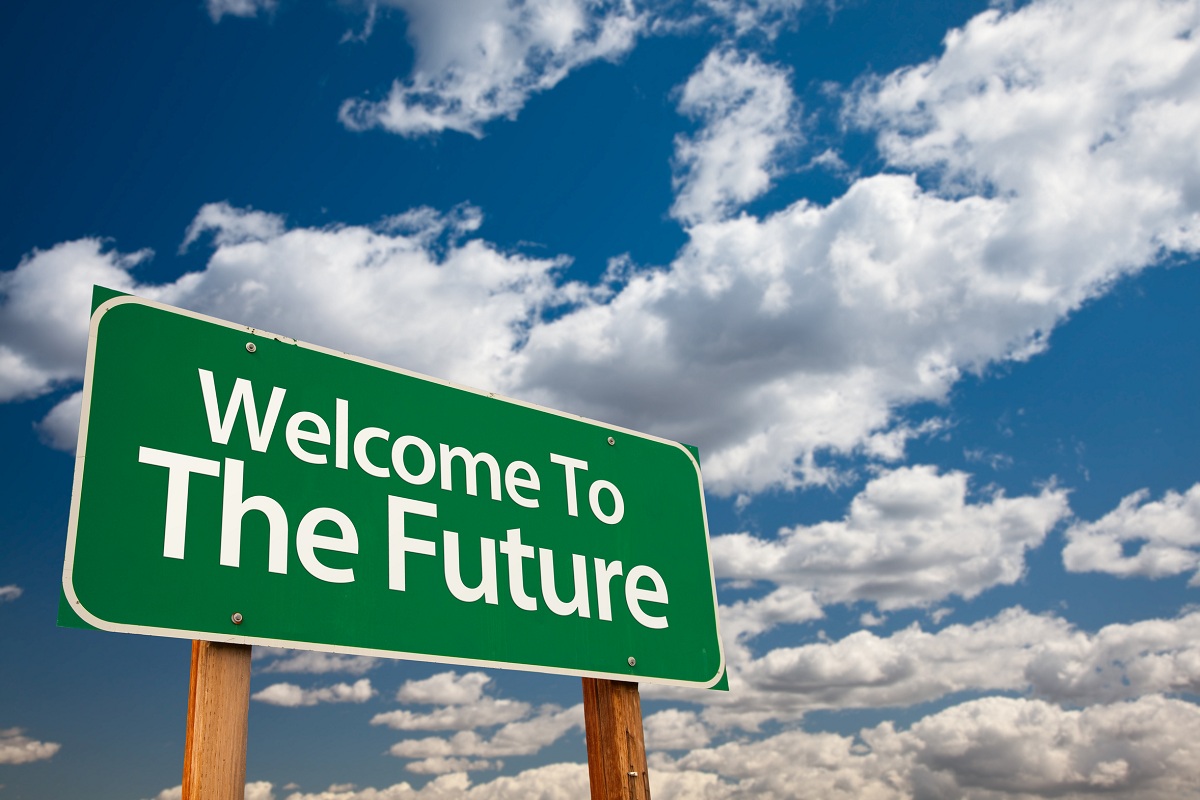
Shaping the workplace of the future
Businesses must cater for the data demands of mobile, social and the IoT without disrupting day-to-day operations or security...
FREE DOWNLOAD
Narinder Sahota, CTO at IT company Advanced, agrees, adding that attempts to foster a virtual employee experience, be it through Teams or Slack, has rapidly turned into an “app overload nightmare”, with innovative technologies required to make the experience more personal. People, at the moment, are “struggling to distinguish the wood from the trees”.
“As such,” he continues, “we are going to see businesses simplify and personalise technology in the workforce. We’re already seeing Google test its ideas for the office of the future with its prototype hot desk of the future, with desks that adjust to a user’s personal preferences, as well as 3D meetings and inflatable privacy walls made of cellophane.”
Burnout detection
This “app overload nightmare” is also causing employees to burn out; an issue only set to get worse as they return to the workplace. Dr Jamil El Imad, chief scientist at NeuroPro, believes his Dream Machine – a VR system that uses advanced signal processing techniques to monitor the brain and other bio-data – could be the answer. After recognising the potential of VR, he worked on using cloud computing to capture and analyse brain activity. The end result is a machine that simulates the meditation experience.
“I believe the future office’s primary function is to heal and to re-humanise the work environment and entrench a culture of compassion and individuality,” El Imad tells IT Pro. “The deeper we connect not only with our minds but with our hearts too, the more motivated and empowered we become to outperform.”
His Dream Machine reads neural activity in real-time and curates a natural experience that reflects a user’s changing state of mind. It’s a ‘mind gym’, El Imad explains, designed to help us focus in a fun way using VR and neurotechnology. One example involves beaming a user to a tropical island. The mission, in this exercise, is to use the power of the mind to clear the heavy fog on the island; only by concentrating can you clear the fog and enjoy the natural beauty. Essentially, he says, you’re rewarded with a feeling of weightlessness by relaxing and breathing naturally. Following this exercise, users receive a performance score based on how well they concentrated and how relaxed they were.
“We know that wellness, physical and mental, is key to performance and resilience is key to prevention. We also know that mental resilience can be trained so it’s time we pay attention to our mind and lift our mental resilience to help us cope better in this fast changing, uncertain world.”
The ‘deskless’ revolution
Office-based workers aren’t the only ones set to see technology change the way they work. Innovation will also revolutionise so-called ‘deskless’ jobs – such as those held by nurses, cleaners and field engineers – which currently still rely on paper-based checklists and outdated spreadsheets.
Kit Kyte, CEO of workflow software firm Checkit, tells IT Pro that although headlines claim most workers want a split between office and home working, the reality is most employees work neither at an office nor at home. “In fact, 80% of working people are deskless,” he says. “All the talk of hybrid models, video-conferencing and file sharing is lost on that population because they’ve been excluded from the digital conversation. But there’s a groundswell of change. Businesses are starting to recognise the impact deskless workers have on overall productivity, customer experience, safety standards, efficiency and waste reduction. Those that are digitally enabling their deskless workers and connecting disparate data sources will have an advantage in the future.”
Kyte adds we’ll move from command-and-control structures to allowing frontline teams to make data-driven decisions. Staff will also have greater autonomy, instead of following paper-based checklists. Cleaners, for example, won’t slavishly follow hourly schedules, rather they’ll be prompted to attend sites based on footfall data from smart building systems. They’ll no longer work in isolation but as part of a wider digital ecosystem, with innovative businesses combining IoT and automation with digital assistants to eradicate ‘dark operations’.
Steve Black, co-founder and chief strategy officer of Topia, even believes that such technologies could create ‘deskless’ jobs from those currently in office-based roles. “We expect to see a future of work where flexible working takes on an entirely new meaning. In that world expect to see fluid global teams, with rapidly changing footprints and a wider scope of mobility,” he tells IT Pro. “Teams will form around a specific role or task for a company, so for a certain time period individuals will be plugged into an organisation but may then leave once the task is completed and move onto a different team or role.
“Consequently, headquarters will shrink with more satellite offices popping up as they embrace location agnostic teams with sophisticated talent and project management software that will use AI and predictive analytics to proactively identify market opportunities, then assign resources. So rather than flexiwork it will become a flexi-task workforce. Employees will be attracted to a role or assignment because of the fulfilment it offers and the experience and career opportunities it offers. For governments and employers this will mean an even bigger focus on connectivity, local facilities to meet-up and having the right tools to collaborate, but also they will need to understand where we live will be more determined by quality of life than what job opportunities it might offer.”
Carly Page is a freelance technology journalist, editor and copywriter specialising in cyber security, B2B, and consumer technology. She has more than a decade of experience in the industry and has written for a range of publications including Forbes, IT Pro, the Metro, TechRadar, TechCrunch, TES, and WIRED, as well as offering copywriting and consultancy services.
Prior to entering the weird and wonderful world of freelance journalism, Carly served as editor of tech tabloid The INQUIRER from 2012 and 2019. She is also a graduate of the University of Lincoln, where she earned a degree in journalism.
You can check out Carly's ramblings (and her dog) on Twitter, or email her at hello@carlypagewrites.co.uk.
-
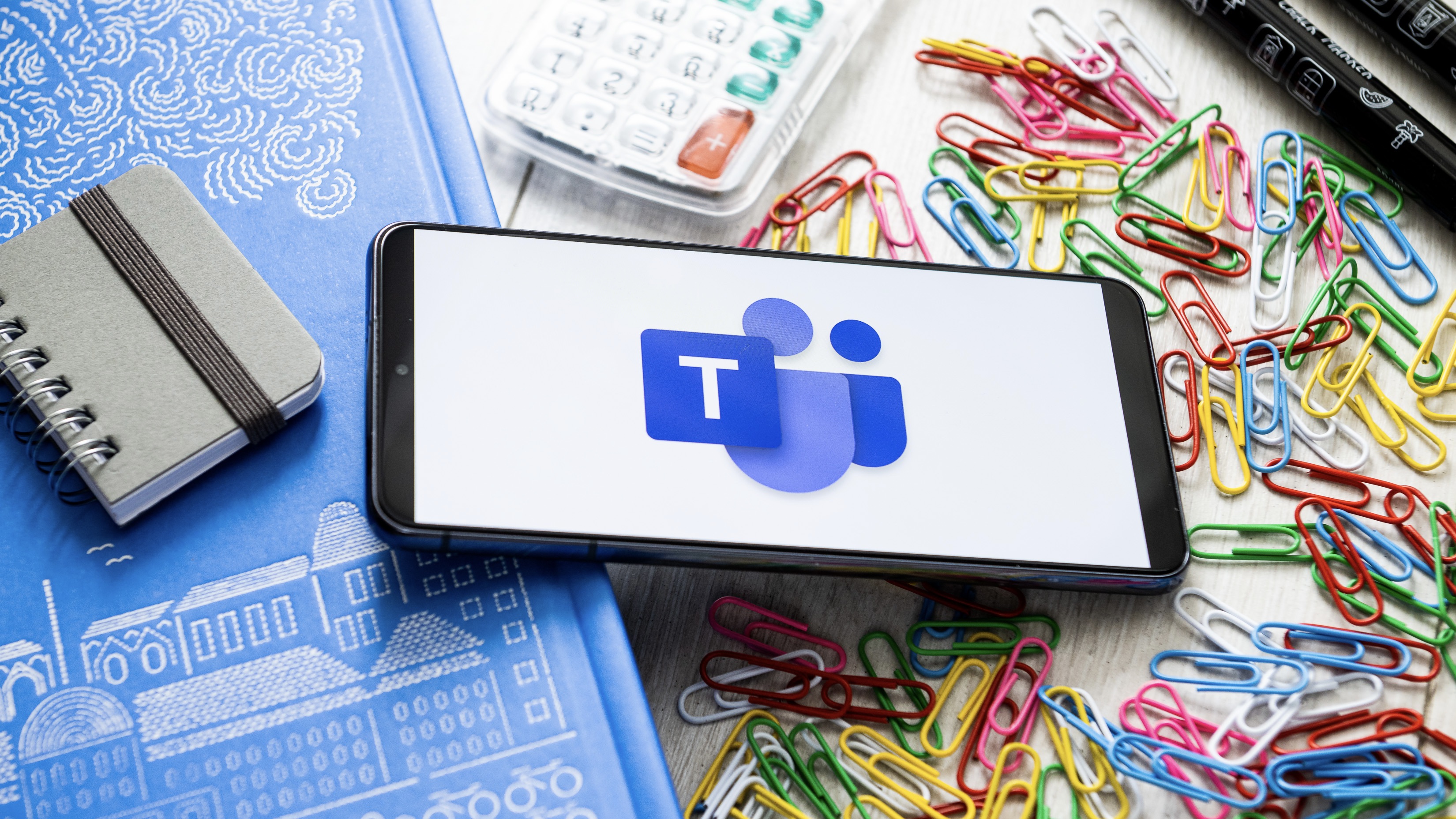 New Microsoft Teams features for business users
New Microsoft Teams features for business usersIn-depth All the latest Microsoft Teams features after the platform is given a redesign, complete with an AI-powered assistant and a faster engine
By Danny Bradbury
-
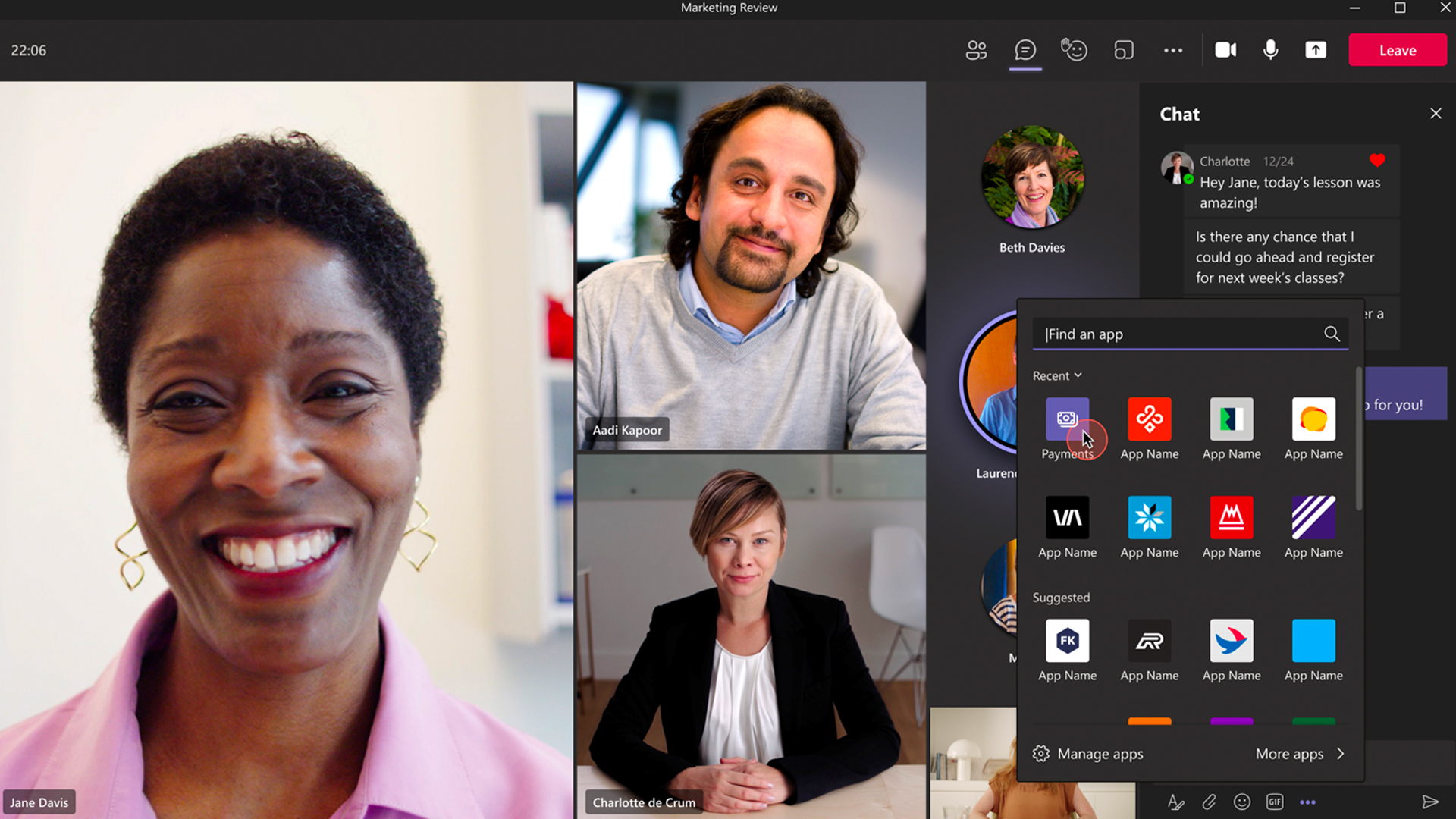 Microsoft Teams now allows SMBs to collect payments in meetings
Microsoft Teams now allows SMBs to collect payments in meetingsNews With the help of PayPal, Stripe, and GoDaddy, the Microsoft Teams Payments app offers in-meeting payment requests
By Connor Jones
-
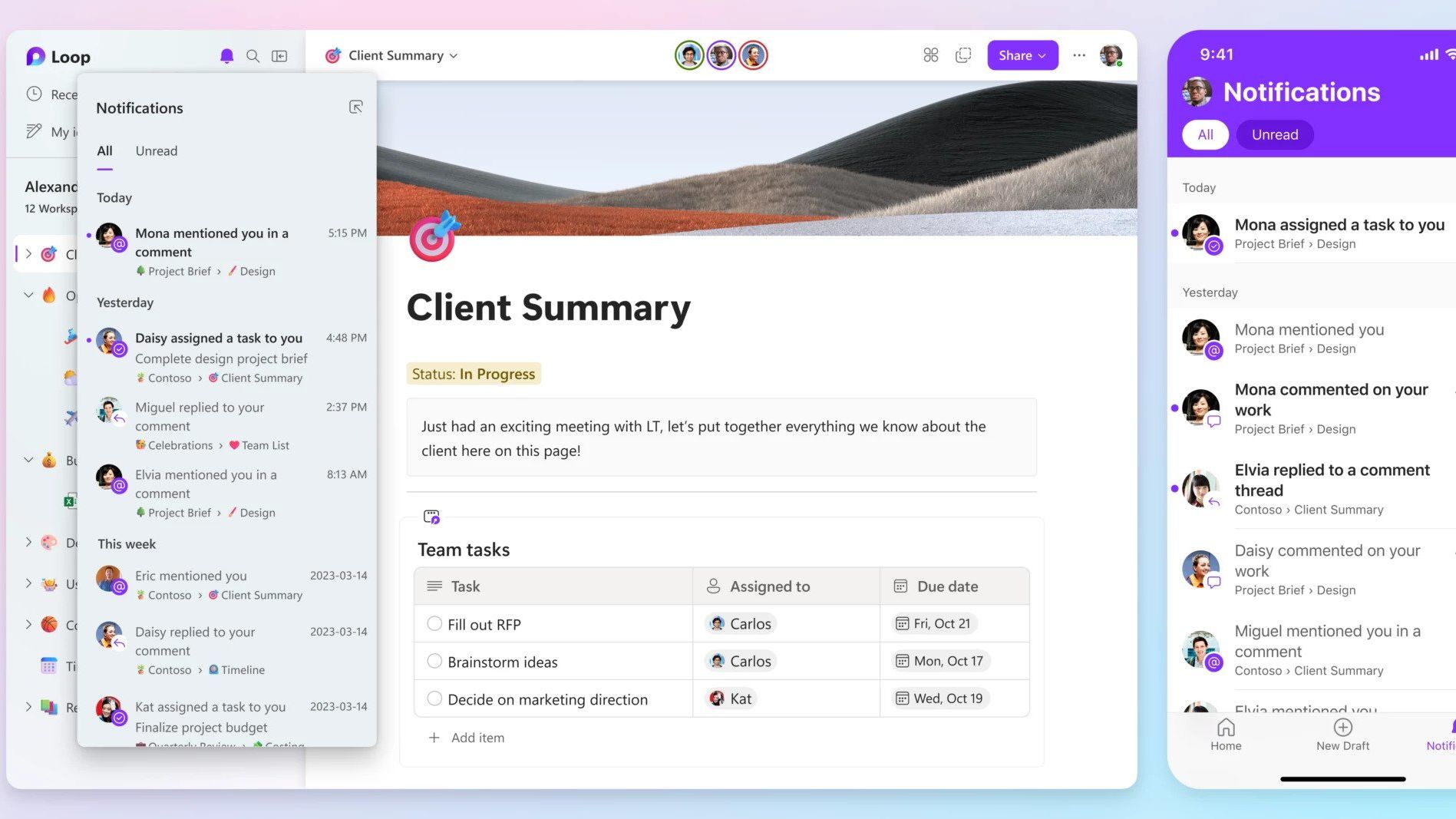 Microsoft launches collaboration platform Loop, its answer to Notion
Microsoft launches collaboration platform Loop, its answer to NotionNews Greater collaboration tools are coming to the Microsoft 365 suite, aiming to help teams work together without having to jump between different apps
By Zach Marzouk
-
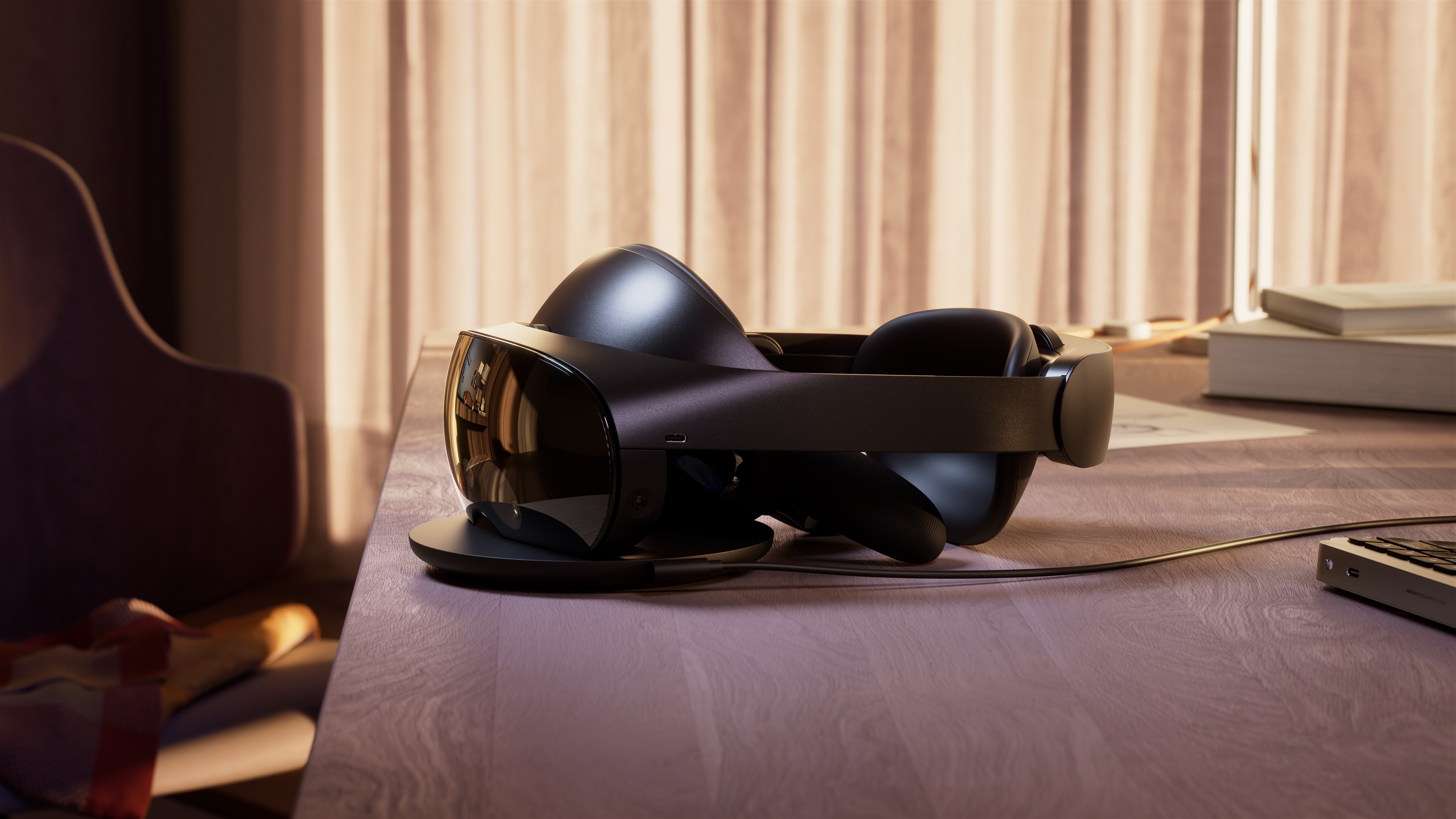 Meta Quest Pro preview: Meet Meta's 'laptop killer'
Meta Quest Pro preview: Meet Meta's 'laptop killer'Opinion We go hands-on with the Meta Quest Pro, as the firm banks on turning hardware preferences upside down
By Bobby Hellard
-
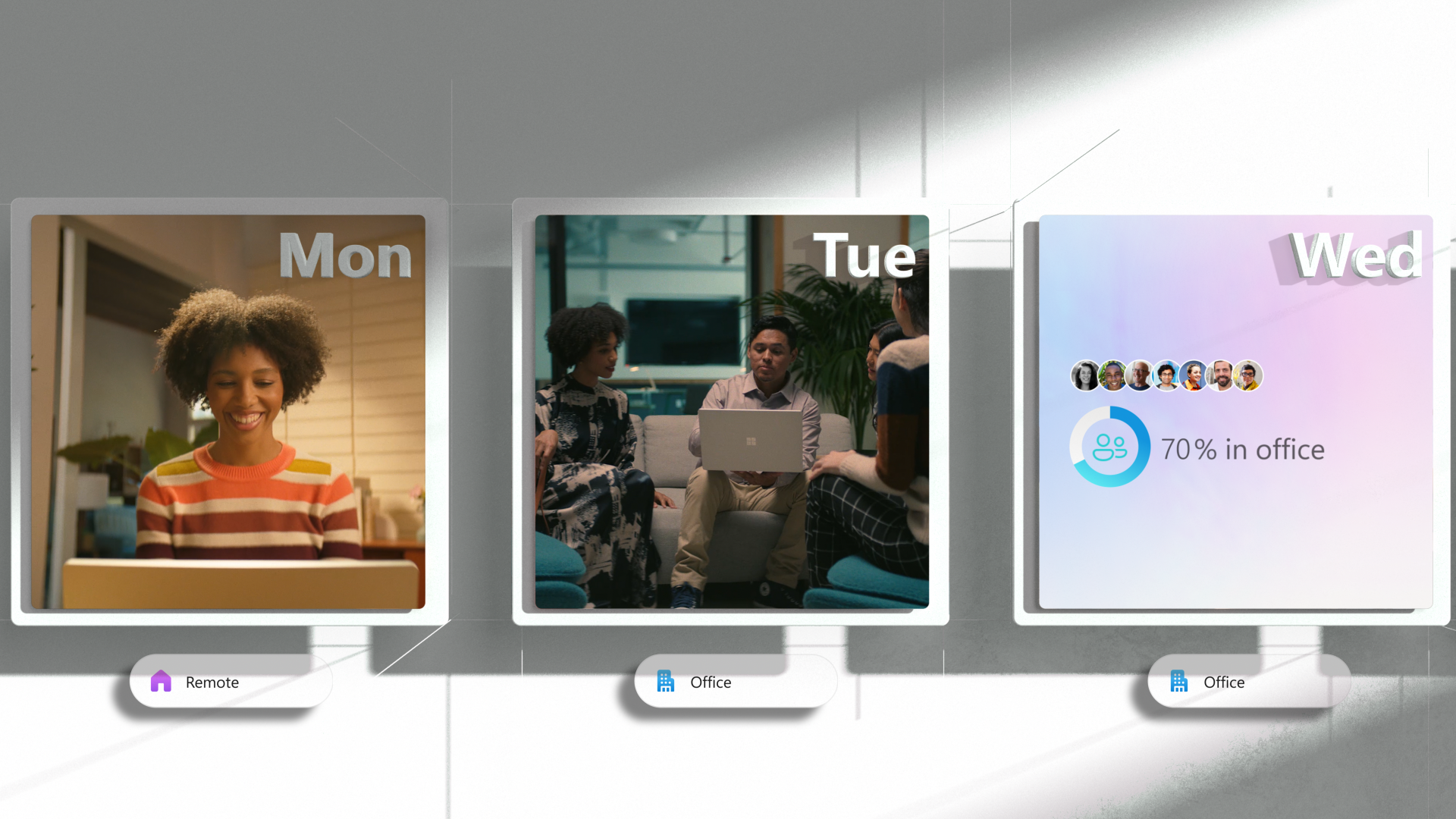 Microsoft launches Places, includes GPS-style navigation to help find meeting rooms
Microsoft launches Places, includes GPS-style navigation to help find meeting roomsNews The new app built specifically for organisations adopting a permanent hybrid work model brings new features to manage people and the workplace itself
By Connor Jones
-
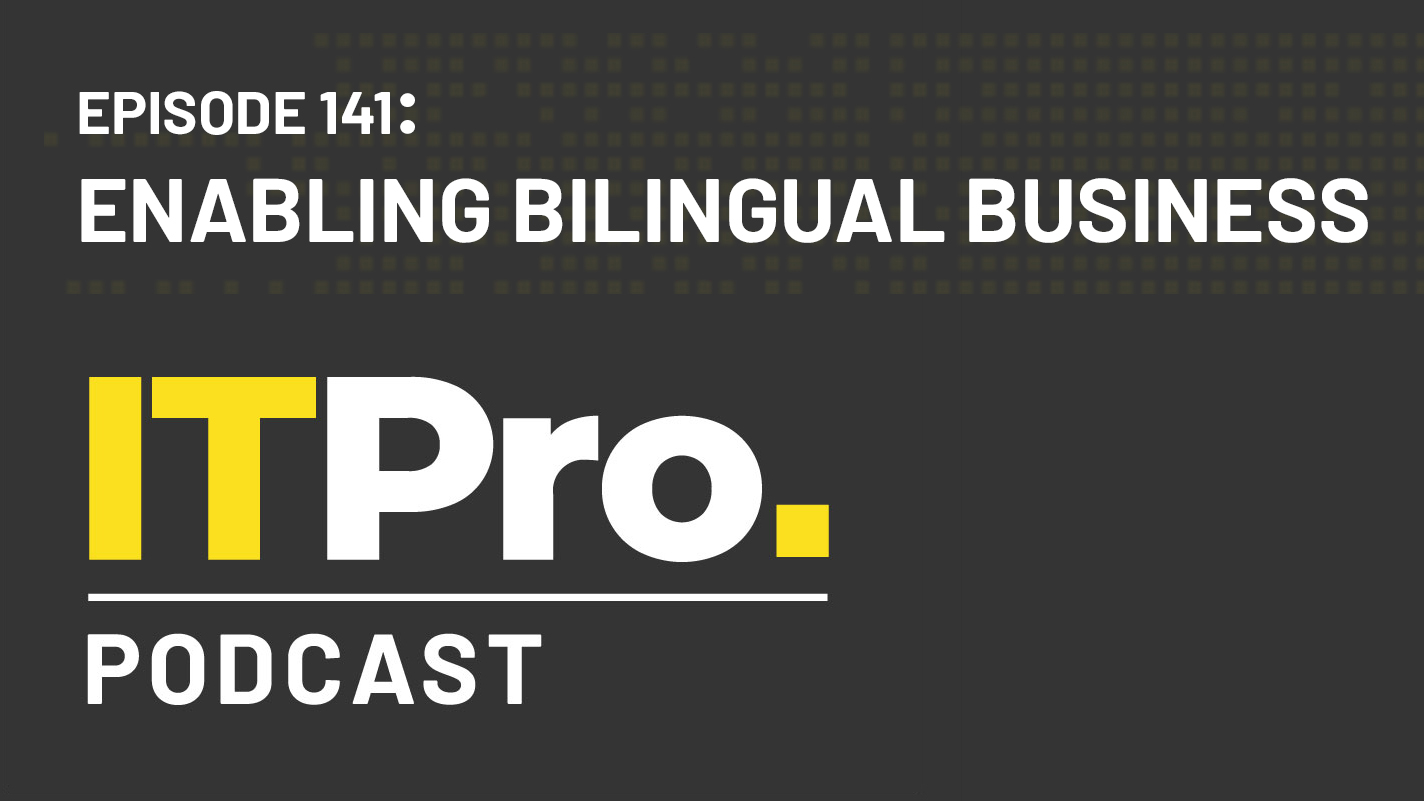 The IT Pro Podcast: Enabling bilingual business
The IT Pro Podcast: Enabling bilingual businessIT Pro Podcast How Wales is using digital tech to deliver a greater choice of languages
By IT Pro
-
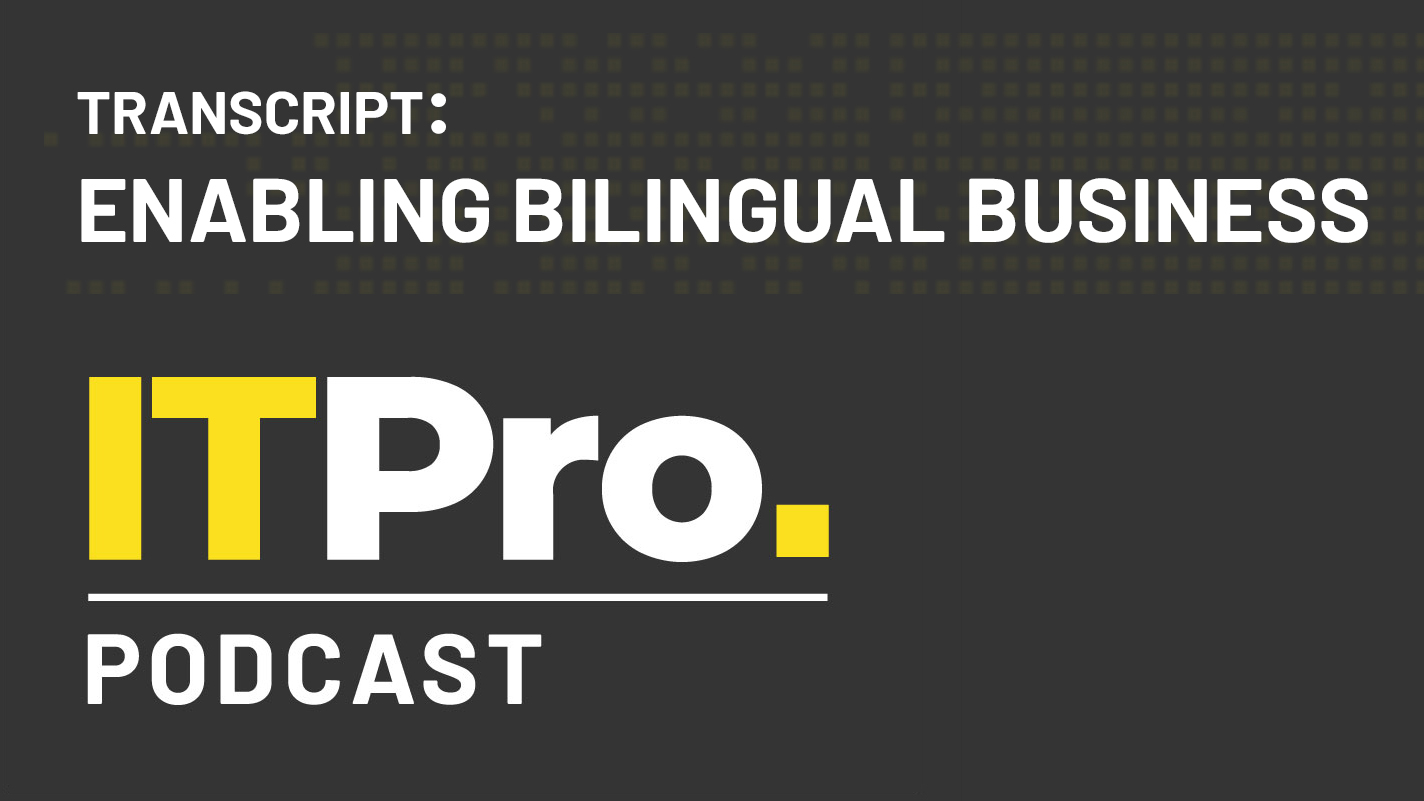 Podcast transcript: Enabling bilingual business
Podcast transcript: Enabling bilingual businessIT Pro Podcast Read the full transcript for this episode of the IT Pro Podcast
By IT Pro
-
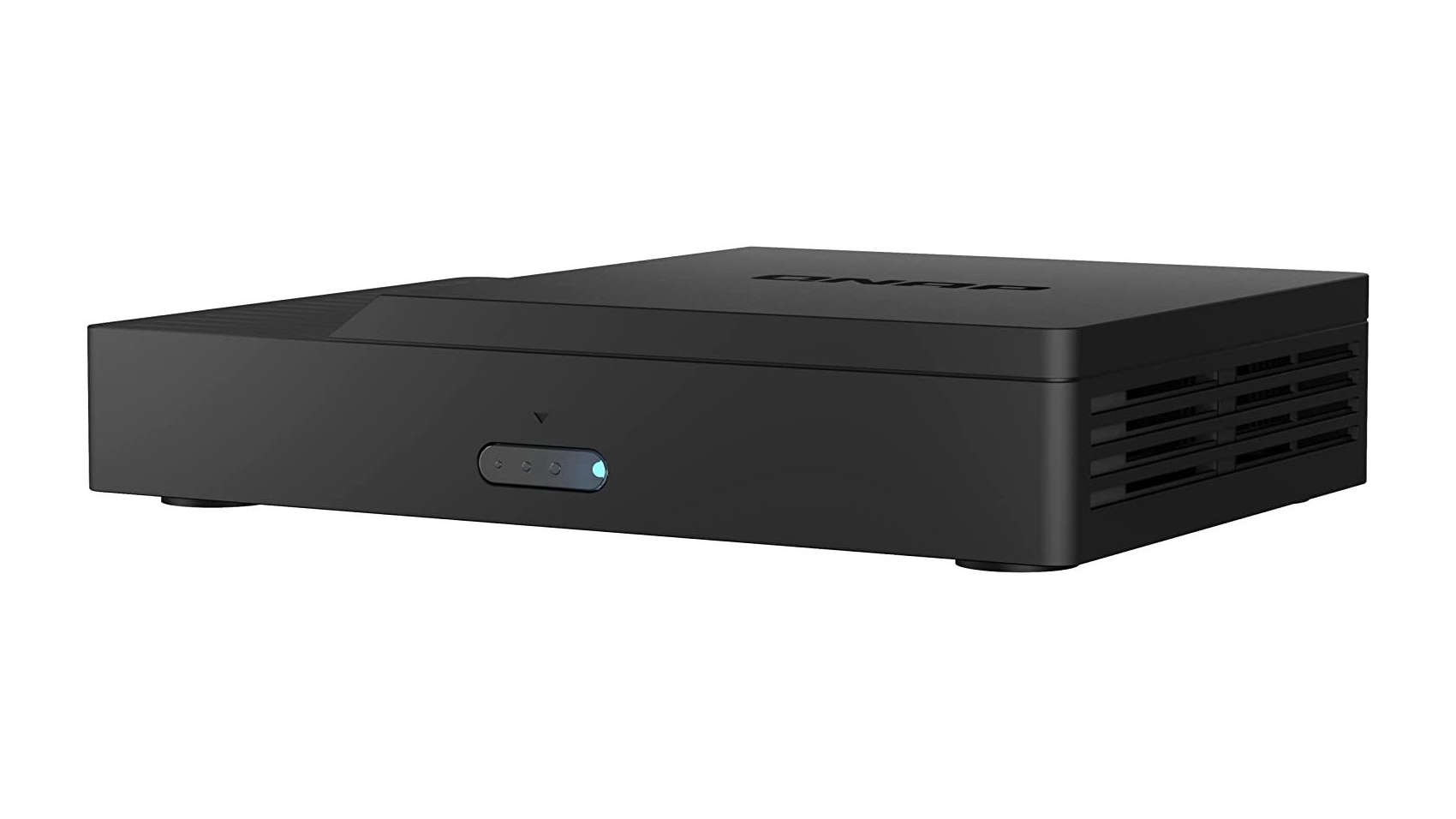
 Qnap KoiBox-100W review: An intriguing alternative
Qnap KoiBox-100W review: An intriguing alternativeReviews A versatile and affordable videoconferencing solution with great wireless screen presentation features
By Dave Mitchell

